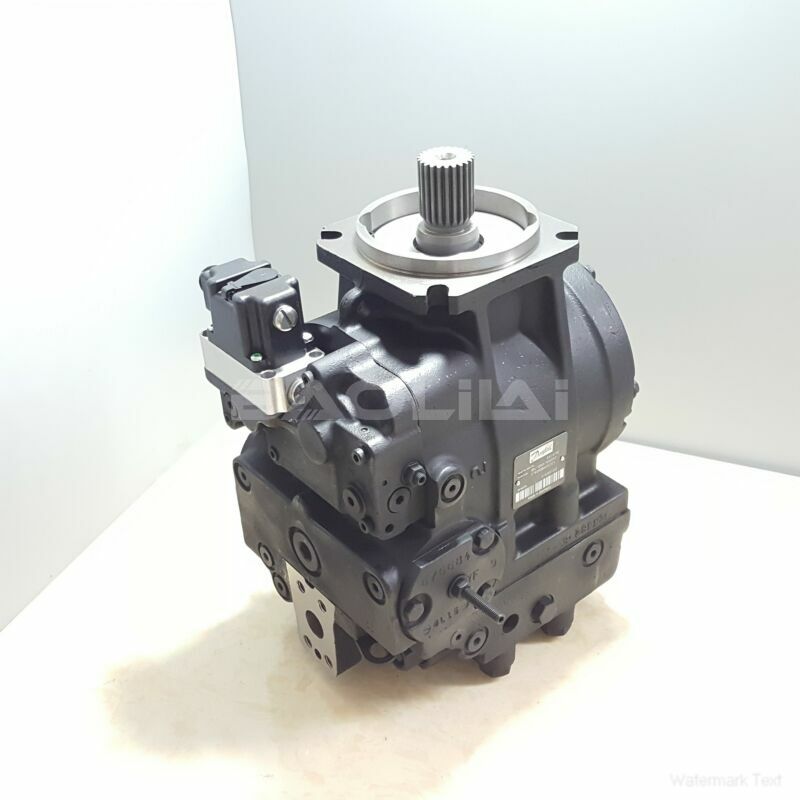90L100MA1BB60R3C7E04GBA424224 high pressure pump
90L100MA1BB60R3C7E04GBA424224 high pressure pump

- Product Details
- Applicable Scene
In the rapidly evolving landscape of industrial manufacturing, companies are continually seeking innovative methods to enhance efficiency, reduce lead times, and meet specific customer demands. One of the leading firms in this regard is Sauer Danfoss, a renowned manufacturer of hydraulic pumps and other equipment. By leveraging additive manufacturing, or 3D printing, Sauer Danfoss has been able to revolutionize the customization of its products, ultimately leading to greater customer satisfaction and streamlined production processes.
90-L-100-MA-1-BB-60-R-3-C7-E-04-GBA-42-42-24
90L100MA1BB60R3C7E04GBA424224
Additive manufacturing enables the production of complex geometries that are often impossible or cost-prohibitive to achieve with traditional subtractive manufacturing techniques. By using this technology, Sauer Danfoss can produce components that are not only lighter and more efficient but also tailored to meet the unique specifications of individual clients. This level of customization is particularly beneficial in industries like construction, agriculture, and automotive, where different applications demand varied performance characteristics.

362079
One key advantage of additive manufacturing for Sauer Danfoss is the significant reduction in time and resources spent on prototyping and production. Traditional methods often require extensive tooling and setup, which can lead to longer lead times and increased costs. With 3D printing, the company can quickly iterate designs and produce prototypes in a matter of hours. This agility allows them to respond swiftly to market changes and customer needs, ensuring that they remain competitive.
Moreover, additive manufacturing fosters innovation in design. Engineers at Sauer Danfoss can experiment with new shapes and materials without the constraints of conventional manufacturing processes. This freedom not only accelerates development cycles but also leads to improved product performance. For instance, the ability to create intricate internal flow pathways within pumps can enhance their efficiency and reliability, which is crucial for high-demand applications.





